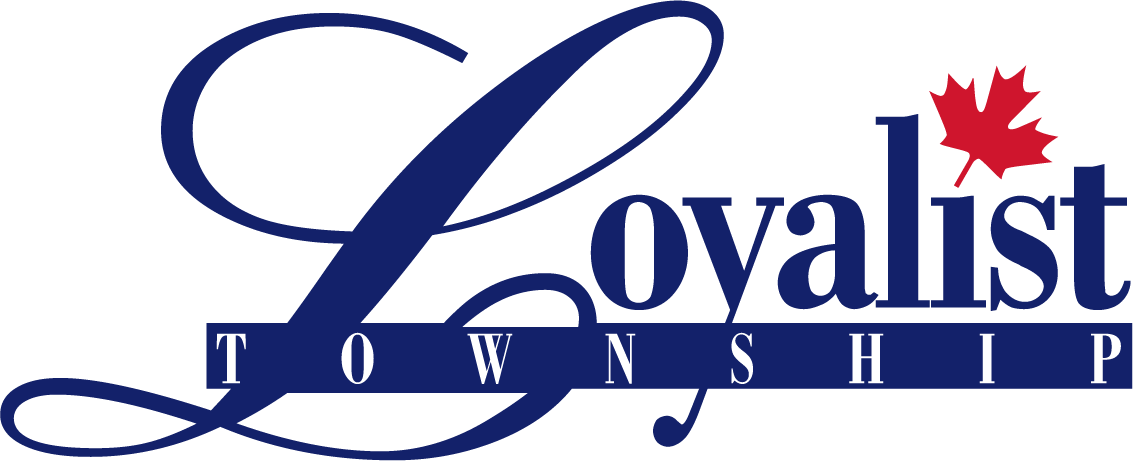If you're installing a new woodstove in your home, remember you need a building permit. The best way to make sure your woodstove is installed correctly is to hire a WETT-certified professional to install it.
WETT stands for Wood Energy Technology Transfer. They promote the safe and effective use of wood-burning systems in Canada. Visit WETT Inc. for more information on certification and training.
Smoke and carbon monoxide detectors
Make sure to place smoke detectors and carbon monoxide detectors throughout your house (at least one in the room containing the wood stove) and test regularly.
